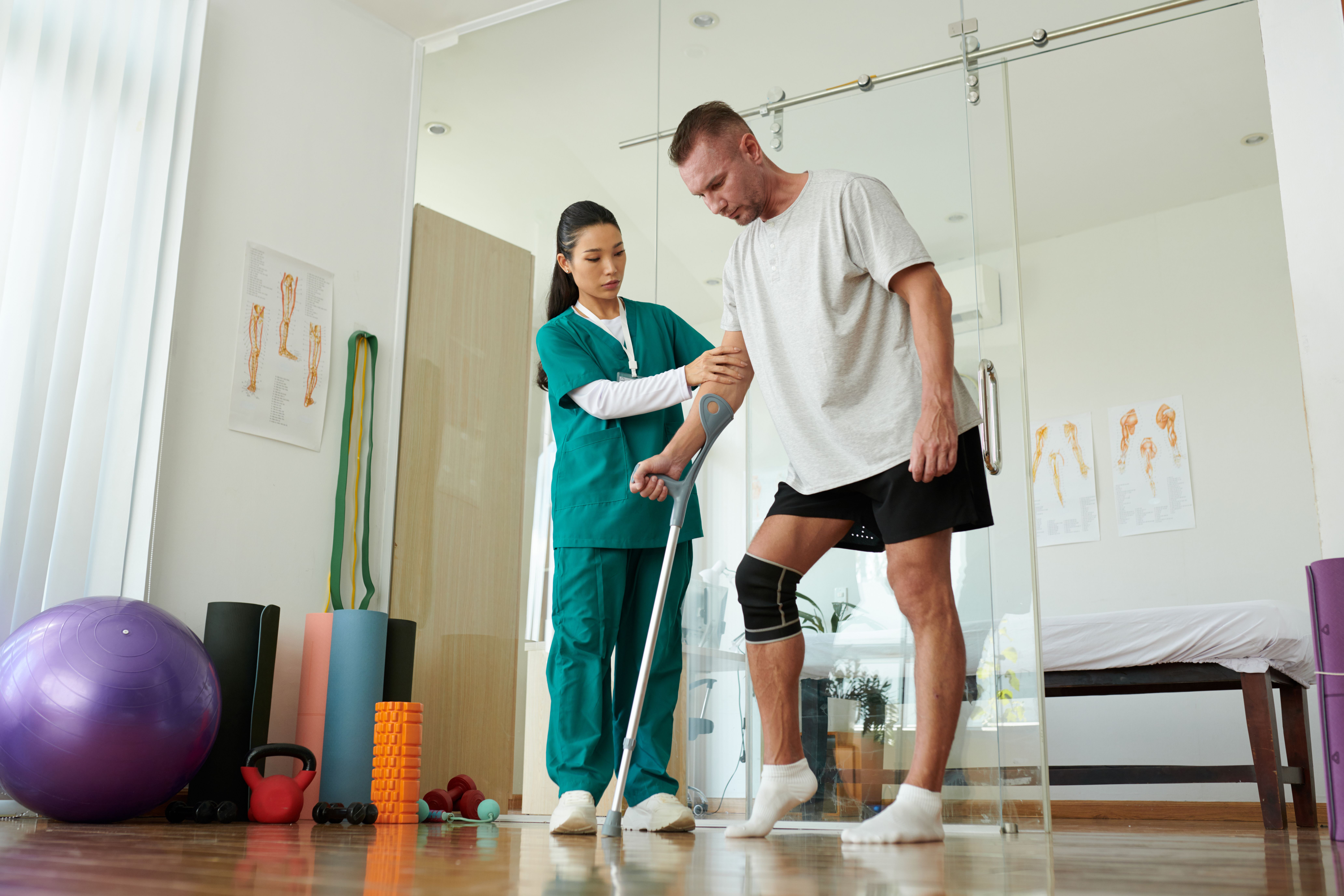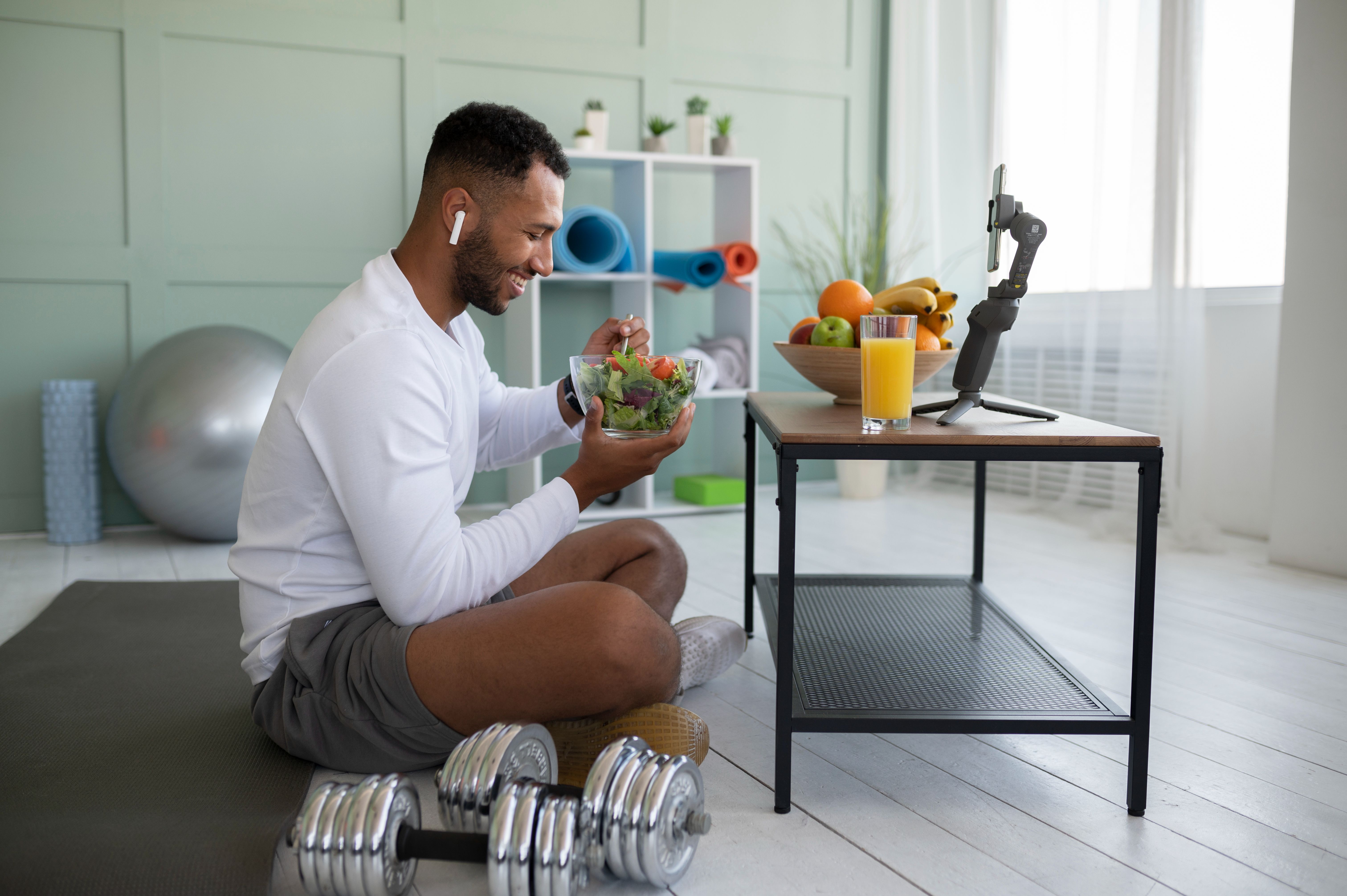
Healthy joints are essential to maintain an active lifestyle, especially as we age or recover from injury. Whether you are already dealing with joint pain or simply want to prevent issues, integrating orthopedic-safe exercises into your fitness routine can dramatically improve mobility, strength, and quality of life.
This detailed guide will walk you through the principles of orthopedic fitness, safe exercise strategies, and the types of activities that promote joint longevity without adding strain.
Joints are the connective hinges between bones that allow us to bend, twist, and move freely. However, overuse, injury, aging, and poor posture can wear them down over time. For individuals with osteoarthritis, rheumatoid arthritis, or prior joint surgeries, traditional workouts can be harmful if not modified appropriately.
Orthopedic fitness focuses on reducing joint stress, improving alignment, enhancing flexibility, and maintaining muscle balance. Done correctly, it:
Alleviates chronic joint pain
Increases bone density
Enhances muscular support for joints
Prevents injury during daily activities
Boosts circulation and joint lubrication
Before diving into specific exercises, it’s essential to understand the foundational principles that make a workout “orthopedically safe”:
Choose exercises that reduce pressure on joints. Activities like walking, swimming, and cycling place less stress on hips, knees, and spine compared to jumping or running.
Speed increases risk. Controlled movements help you engage muscles properly and protect your joints from sudden, harmful loads.
Misalignment increases wear and tear. Pay attention to your posture and form in every movement—whether sitting, standing, or exercising.
Gentle stretching and mobility exercises improve the movement of joints and surrounding muscles, reducing stiffness and discomfort.
Stronger muscles mean less pressure on joints. For instance, building quadriceps strength can help alleviate knee pain.

Here are expert-recommended exercises that support orthopedic health and are safe for your joints:
Water provides natural resistance without gravity’s impact, making it ideal for people with arthritis, spinal conditions, or joint recovery. It improves cardiovascular health and joint flexibility simultaneously.
A seated bike provides an excellent cardiovascular workout with low pressure on knees and hips. It also strengthens the quadriceps and hamstrings.
A daily walk, especially on flat surfaces or treadmills, improves circulation, cardiovascular health, and supports hip and knee function.
Elastic resistance bands are gentler on joints than heavy weights. Exercises like seated leg presses, shoulder raises, and rows can be performed at home or in a clinical setting.
These slow, meditative movements enhance flexibility, balance, and alignment. Many poses focus on improving core strength, reducing pressure on joints.
Focus on bodyweight or light weights. Compound movements like squats and lunges can be modified using chairs, walls, or supports to improve lower-body strength without stress.
While staying active is critical, certain exercises can do more harm than good for vulnerable joints:
Deep squats or lunges (without support)
High-impact jumping (jump rope, box jumps)
Running on hard surfaces
Improper deadlifts or heavy squats
Sit-ups or crunches (for those with back issues)
These activities may exacerbate pain or worsen existing conditions unless properly supervised or modified.

If you experience any of the following during or after your workouts, stop immediately and seek advice:
Persistent swelling or joint locking
Sharp or shooting pain
Loss of mobility in any joint
Numbness or tingling
Feeling of instability or giving out
Orthopedic doctors or physiotherapists can help you design a personalized exercise plan tailored to your body’s needs and limitations.
Warm-up properly: Never skip a 5–10 minute warm-up. It preps your joints for movement and reduces injury risk.
Use supportive footwear: Proper shoes with arch support help align your entire body during movement.
Stay hydrated: Dehydration affects joint lubrication and can lead to cramping.
Don’t ignore pain: Pain is your body’s signal that something’s wrong. Adjust or stop if discomfort arises.
Train consistently but rest adequately: Muscle recovery supports joint health, so incorporate 1–2 rest days weekly.

Your exercise routine will only take you so far if your bones and joints don’t receive proper nutrition. Include the following:
Calcium-rich foods: Dairy, leafy greens, fortified cereals
Vitamin D: Sunlight exposure or supplements
Omega-3 fatty acids: Found in fish, flaxseeds—help reduce joint inflammation
Collagen supplements: May improve joint structure and comfort over time.
Orthopedic fitness isn’t about intensity—it’s about consistency, safety, and sustainability. With the right approach, joint-friendly exercises can help reduce pain, support mobility, and delay degenerative conditions.
Always prioritize proper form, warm-ups, and gradual progressions. And if you're unsure where to begin, consult an orthopedic specialist who can assess your joint health and recommend a personalized regimen.
Exercise can help reduce joint pain when done correctly. However, high-impact or poorly aligned movements may worsen discomfort. Always start slow and modify as needed.
Low-impact activities such as swimming, walking, and stationary cycling are excellent. Strengthening the thigh muscles (quads) also helps reduce pressure on the knee.
Aim for 3–5 days per week with at least 30 minutes of low-impact exercise, incorporating both strength and mobility work.
Yes. Resistance bands provide constant tension without the heavy load on joints, making them ideal for those recovering from injury or with arthritis.
If you have existing joint pain, past surgeries, or chronic conditions, it’s best to get medical clearance or a physiotherapist’s guidance before beginning.
We offer expert care across key specialties, including Medicine, Cardiology, Orthopaedics, ENT, Gynaecology, and more—delivering trusted treatment under one roof.
Prakash Hospital Pvt. Ltd. is a 100 bedded NABH NABL accredited multispecialty hospital along with a center of trauma and orthopedics. We are in the service of society since 2001.
OUR SPECIALITIES
Contact Us
D – 12A, 12B, Sector-33, G. B. Nagar, Noida, Uttar Pradesh 201301
+91-8826000033

© 2025 All rights reserved.
Designed and Developed by Zarle Infotech